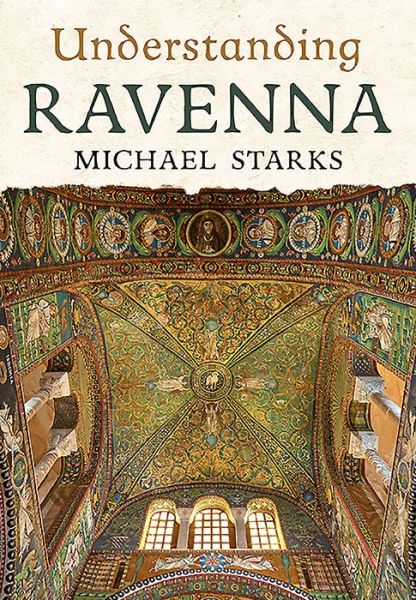
Tell your friends about this item:
The Logical Structure of Philosophy, Psychology, Mind and Language in Ludwig Wittgenstein and John Searle
Michael Starks
The Logical Structure of Philosophy, Psychology, Mind and Language in Ludwig Wittgenstein and John Searle
Michael Starks
I provide a critical survey of some of the major findings of Wittgenstein and Searle on the logical structure of intentionality (mind, language, behavior), taking as my starting point Wittgenstein's fundamental discovery -that all truly 'philosophical' problems are the same-confusions about how to use language in a particular context, and so all solutions are the same-looking at how language can be used in the context at issue so that its truth conditions (Conditions of Satisfaction or COS) are clear. The basic problem is that one can say anything but one cannot mean (state clear COS for) any arbitrary utterance and meaning is only possible in a very specific context. I analyze various writings by and about them from the perspective of the two systems of thought, employing a new table of intentionality and new dual systems nomenclature. It is my contention that the table of intentionality (rationality, mind, thought, language, personality etc.) that features prominently here describes more or less accurately, or at least serves as an heuristic for, how we think and behave, and so it encompasses not merely philosophy and psychology, but everything else (history, literature, mathematics, politics etc.). Note especially that intentionality and rationality as I (along with Searle, Wittgenstein and others) view it, includes both conscious deliberative System 2 and unconscious automated System 1 actions or reflexes. Thus, all the articles, like all behavior, are intimately connected if one knows how to look at them. As I note, The Phenomenological Illusion (oblivion to our automated System 1) is universal and extends not merely throughout philosophy but throughout life. I am sure that Chomsky, Obama, Zuckerberg and the Pope would be incredulous if told that they suffer from the same problem as Hegel, Husserl and Heidegger, (or that that they differ only in degree from drug and sex addicts in being motivated by stimulation of their frontal cortices by the delivery of dopamine (and over 100 other chemicals) via the ventral tegmentum and the nucleus accumbens), but it's clearly true. While the phenomenologists only wasted a lot of people's time, they are wasting the earth and their descendant's future. Although there are countless books on Wittgenstein, in my view only a few very recent ones come close to a full appreciation of him. None make a serious attempt to relate his work to one of the other modern geniuses of behavior John Searle and nobody has applied the powerful two systems of thought framework to philosophical issues from the viewpoint of evolutionary psychology. I attempt to do this here.
| Media | Books Paperback Book (Book with soft cover and glued back) |
| Released | March 28, 2017 |
| ISBN13 | 9781546377542 |
| Publishers | Createspace Independent Publishing Platf |
| Pages | 550 |
| Dimensions | 152 × 229 × 28 mm · 725 g |
| Language | English |

 Christmas presents can be returned until 31 January
Christmas presents can be returned until 31 January

































